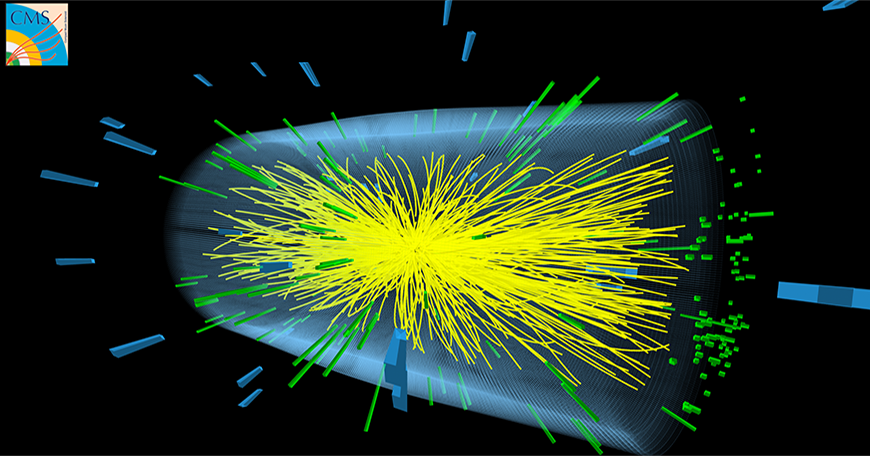Teaching Remotely: Physics Junior Lab 8.13/8.14

Physics Junior Lab is a two-semester sequence that introduces third-year physics majors to experimental physics through the replication of key 20th century physics experiments (often Nobel Prize winning). Faced with two-thirds of course content remaining, the Junior Lab instructors and staff were tasked with translating the experiential learning process enabled by a lab setting to a remote and virtual context. They first addressed how to revise the subject’s key learning goals.
Revising Learning Goals
How to Setup Experiments & Collect Data
By mid-March, the class had completed its section on statistics and uncertainties, as well as a set of experiments designed to expose students to a variety of experimental techniques and how to use equipment and tools (e.g. photomultipliers and oscilloscopes). Learning how to set up an experiment occurs in the lab and is difficult to replicate. However, students could still learn about data collection through two of the 8.13/8.14 experiments that could be remotely operated.
How to Analyze Data
The instructors and TAs developed data analysis projects based on open data from 21st century “big science” experiments, in which students would be able to replicate analyses and discoveries that won Nobel Prizes in the last decade. For example, one project entailed the analysis of Compact Muon Solenoid (CMS) Open Data, which historically led to the discovery of the Higgs Boson. Another project involved the analysis of gravitational wave signals from Laser Interferometer Gravitational-Wave Observatory (LIGO) open data, which indicate a binary black hole merger.
Develop Professional Communication Skills
In Junior Lab, students develop professional communications skills through giving oral presentations, presenting posters, and writing papers. Presentations, consisting of one 15-minute talk per experiment and a final public presentation, and poster sessions for the 8.14 exploratory project, would both be conducted via Zoom. Papers, written for each major experiment, would not be unaffected.
Develop Collaborative Skills
Students perform their experiments in teams of two, with results varying per team. The transition of student collaboration to an online context would require more conscious effort than in a lab setting.
Challenges
Although many learning outcomes can be successfully revised for an online context, lead instructor Prof. Gunther Roland notes that students miss the experiential learning gained through navigating equipment equipment malfunctions, setup mistakes, missing or unclear instructions, and outdated manuals. Furthermore, a lack of structure can foster procrastination.
Tools & Solutions
Short class-wide meetings on Zoom are held twice per week with full attendance. For continuity, the class touches base even if there are no important matters to discuss. Roland also holds 30-minute meetings with student teams on Zoom or Tandem once or twice per week, which take the place of lab walk-throughs and progress check-ins. For some students, a similar transition of their presentations to Zoom was even preferred as less intimidating than presenting in-person.
Slack channels are used to maintain synchronous communications across the class, teams, students, and instructors. This lowers the threshold for asking questions, although they are working on student hesitance to answer other students’ questions.
Electronic notebooks, such as Dropbox Paper and Google Docs, are used as a replacement for paper lab notebooks and encourage students to share their notebooks. Online tools used for code development include Jupyter notebooks and Github repositories.
Impact
There are aspects of learning experimental physics that can potentially be translated to an in-home setting, but would require significant investment. Critically, Junior Lab students benefited from having one-third of the semester in the lab. Challenges also remain in keeping students focused, motivated, and actively engaged during these challenging times, in which they are isolated from a supportive on-campus class structure. However, the rapid transition online highlights innovative pathways forward, even resulting in new opportunities for students, such as going beyond the standard curriculum to replicate Nobel Prize-worthy experiments of the last decade.
Ryan MacDowell, TLL Commuications Strategist & Project Coordinator

